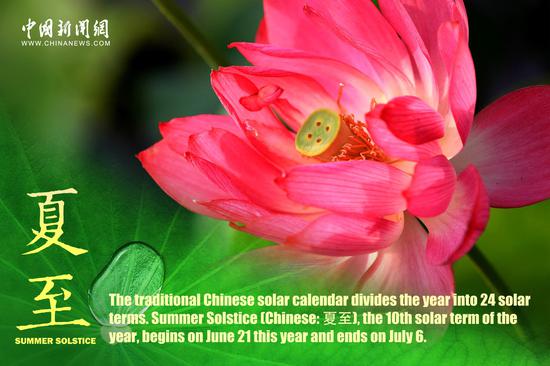(ECNS) -- A Chinese team has found key evidence for the existence of nanohertz gravitational waves, which are ripples of space-time that could help shed light on some major science problems in astrophysics.
Relying on the Five-hundred-meter Aperture Spherical Telescope (FAST) in Guizhou Province, the research team has conducted systematic monitoring for over three years on 57 millisecond pulsars, which are used as a detector to catch the tiny ripples in the galaxy, and finally found them with an extremely low misinformation rate of less than one in five hundred thousand.
Chang Jin, a member of the Chinese Academy of Sciences (CAS) and director of the National Astronomical Observatories of CAS (NAOC), said the changes of the angles of these pulsars pointed to the existence of such waves.
Nanohertz gravitational waves have opened a window for humans to observe the universe and will help some major findings of physics in the universe, said Chang. “Relying on nanohertz gravitational waves, scientists can research some major science problems in astrophysics such as supermassive celestial bodies, including black holes, supermassive black holes, the formation, evolution and merger of galaxies, and the early structure of the universe,” he said.
Using a large radio telescope like FAST to observe millisecond pulsars with regular cadences in the long term is the only known method to detect nanohertz gravitational waves.
Nanohertz gravitational waves have a frequency on the order of 10-9 hertz. It is very challenging to detect them due to their extremely low frequency, where the corresponding period can be as long as several years and wavelengths up to several light-years.
The findings were published online Tuesday in the journal Research in Astronomy and Astrophysics (RAA).


















































 京公网安备 11010202009201号
京公网安备 11010202009201号